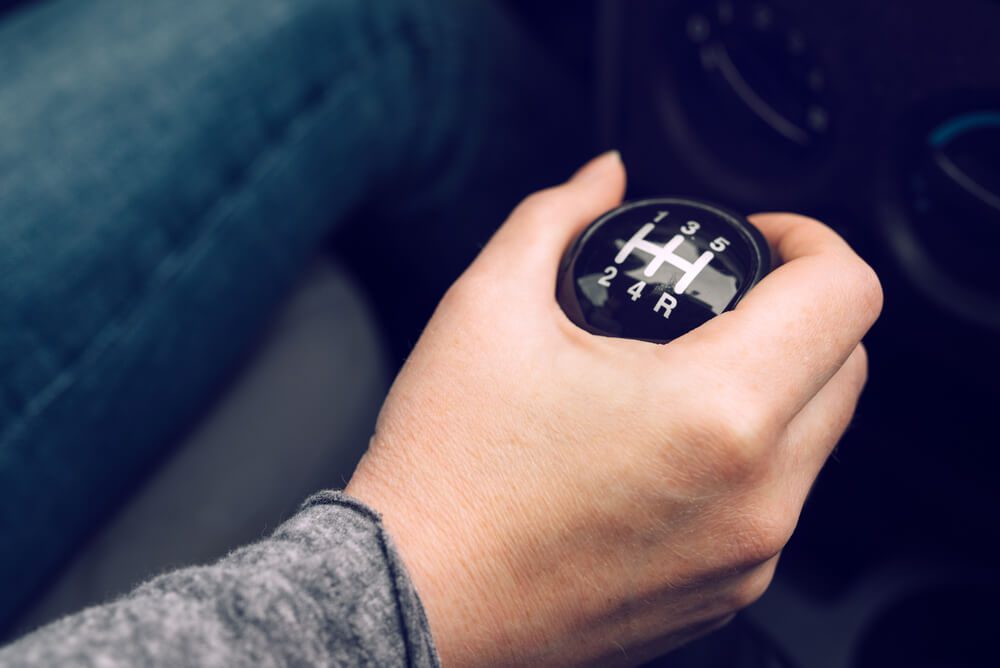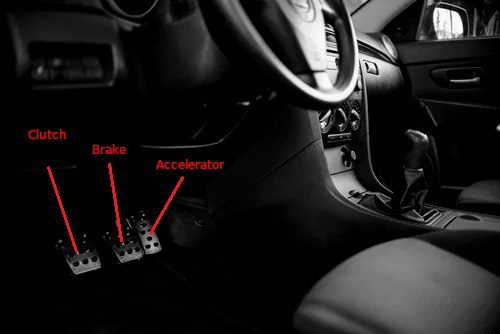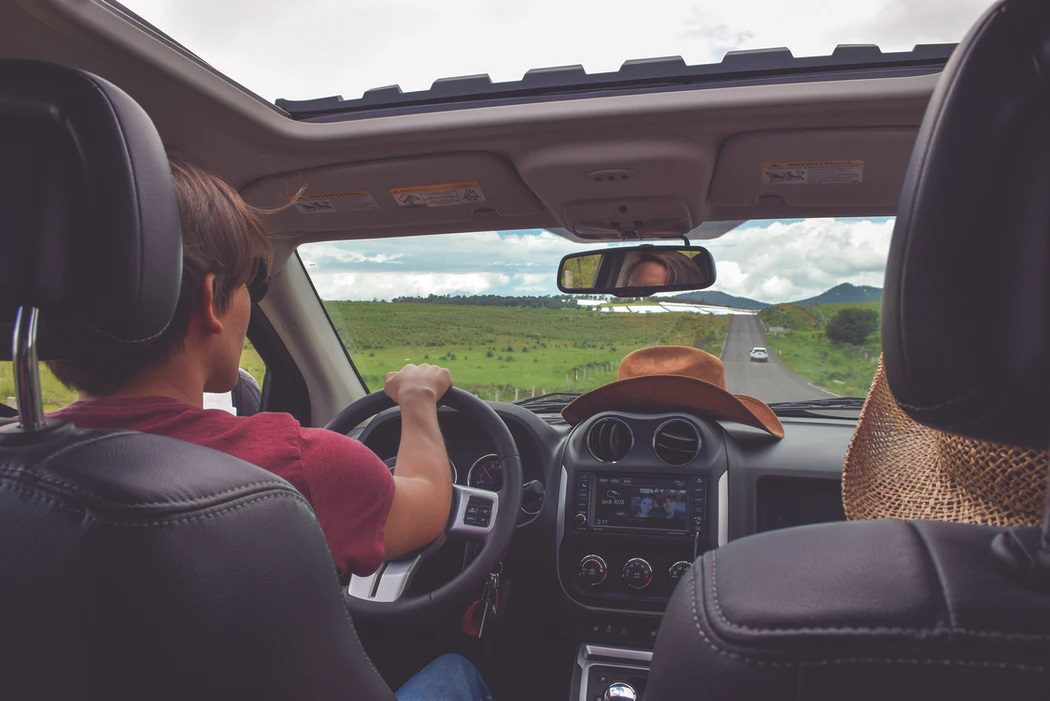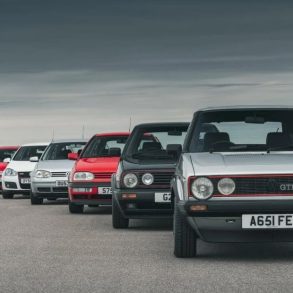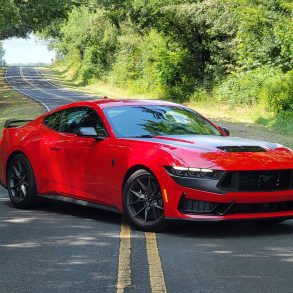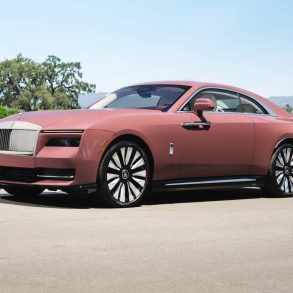Let’s face it, the vast majority of cars and trucks these days are sold with some form of automatic transmissions. This covers a wide pricing range as well, from the cheapest Honda Civic to the most expensive hypercars like the Bugatti Chiron. In fact, in the current day trend of more and more electric vehicles on the road, many of them don’t have transmissions at all, in the strictest sense of the word.
There are, however, a small number of cars that still come with the trusty old row-your-own manual gearbox planted squarely to the right (or left, depending on which country you’re reading this in!) of the driver’s seat. Far more common in Europe than North America, the stick is sometimes the only transmission you’ll be offered on base models, and many sports cars and muscle cars, including some trims of the famous Ford Mustang, are specified as manual-only.
How Many Cars & Trucks Are Out There With Manual Transmissions?
If you were to consider North America in isolation, then a rough average would be around 4.5% to 6% of all the cars and trucks on US roads, depending on where you get your data. This number, if you take it to a global level, rises to about 25%, or roughly a quarter of the cars currently on the roads of the Earth are being driven with a manual transmission.
This sharp rise is for many reasons. The most important is that in the less affluent areas of the world, manual transmissions are by far easier to maintain and use, and are also cheaper to buy replacement parts for. With an automatic, if you damage that, you’re often on the hook for an entirely new transmission, whereas with a manual, if you burn out the clutch, simply buy a new clutch plate, spend an afternoon under your car, and you have a fully working transmission again.
The secondary reason why there are still so many cars with manual transmissions on the road is driving preference and also, partially, driver training. In most parts of the EU, to get your driver’s license, you must show proficiency with a manual transmission, even if you never use one again after getting your license. In many parts of the Asian continent and Oceania, most drivers prefer manual transmissions, as that is simply the cultural norm. Also, many of the heavy duty trucks in both continental areas are manual transmission, sometimes up to 18 speeds across two gearboxes with a transfer link in between.
The Basics Of Driving Stick
The actual process of how to drive with a stick shift is not entirely difficult, it just requires patience and attention to the “feel” of the car. It’s not as easy as putting your foot on the brake and shifting into drive. Keep in mind that this section will be quite high level and will only cover the absolute basics of driving a manual transmission car.
The Four Points Of Contact
A manual transmission car has four points of constant contact, which is why many who drive them will often state how connected and in-tune with their cars they are. These four points of contact are:
- The Clutch Pedal: A third pedal in the footwell of the driver’s side of the car, all the way to the left. This pedal, through either hydraulics or a cable, controls the separation distance between the engine clutch plate and the transmission clutch plate, and is always operated with your left foot.
- The Gear Stick: Why a manual is called “driving stick,” this is often to the right (or left) of your mid-thigh, mostly in line with the steering wheel, sticking up out of the floor or in a dedicated small console area. In older muscle cars, the stick came up from the floor, hence why “Four on the floor’ is a common saying.
- The Accelerator: Pretty explanatory, and pretty universal in most cars. What driving with a manual transmission requires is a level of control with your right foot over the accelerator when shifting or moving off from a stop.
- The Steering Wheel: You might need to actually have a tighter grip on the steering wheel, as some manual transmission front-wheel-drive cars, if suddenly fed too much power while setting off or shifting, can “torque steer,” or try to yank the car sideways from the sudden power increase.
Getting Used To The Controls
Before you even turn the engine on, get into the car and take notice of where the clutch, gear stick, and other controls are. You will need to be able to find these without looking as you are driving, so spend five minutes practicing. Hover your right foot over the accelerator, then move your left foot from the floor or footrest onto the clutch pedal and depress it fully to the floor. Using your right hand, drop it from the steering wheel to the gear shifter, and move it all the way to the left and forwards (first).
Come off the clutch, and rest your foot back on the floor or footrest. Then practice pushing the clutch down quickly, moving the gear stick left and back (second) all the way, then lifting your foot off the clutch. Do the same moving the gear stick forward without pushing side to side, and it should spring to the middle of the pattern and then forwards into third, then back into fourth, and then pushing to the right and forward to fifth (and right and back for sixth, if the car has that gear).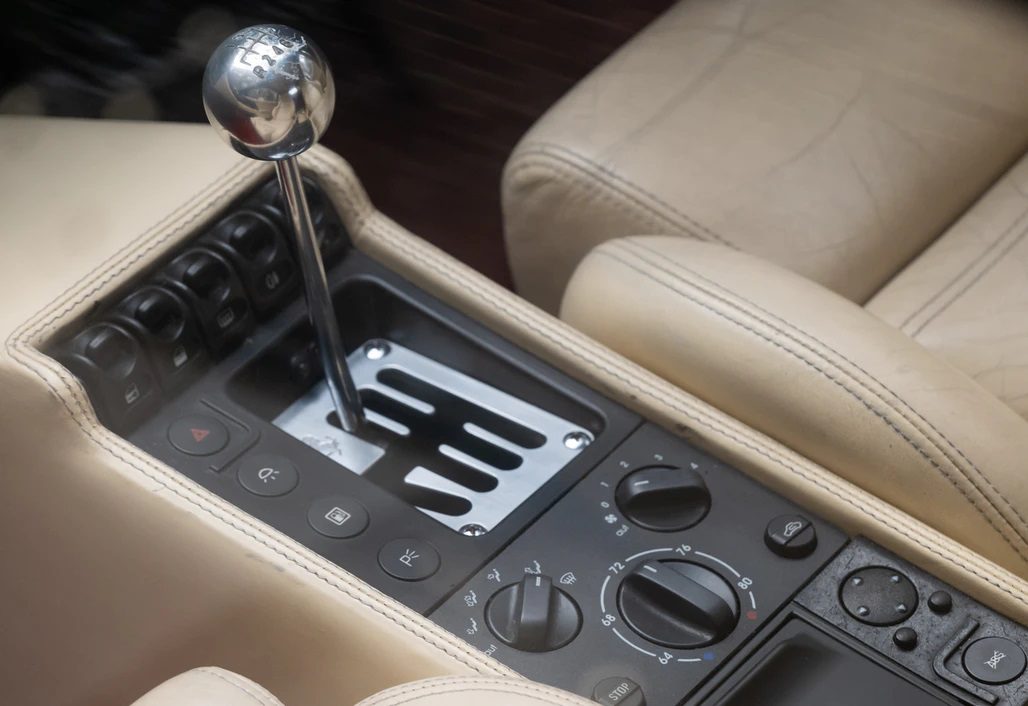
The essence of this practice is to get used to the feel of what are known as the “Gates” in the gearbox, which are arranged in what is known as the “H-Pattern.” This is so named because when cars had only three or four gears, first to second drew one side of the H, the move from second to third drew the horizontal bar and top of the right side of the H, and then fourth drew the bottom bar of the right side of the H. These gates are often very well defined, and getting the feel for them should only take about five minutes.
It is also important to bring the gear stick to the middle of the pattern without moving it into any gate. You can check this position by grabbing the gear stick and shaking it left and right. You should be able to move it all the way left and all the way right. This is important as this is how you put a manual transmission car into neutral.
Starting The Car & Moving Off
Depress the clutch all the way to the floor with your left foot, depress the brake with your right foot, move the gear stick to neutral, and then start the engine. Many manual transmission cars will not start unless both the clutch and brake are both depressed.
Check your surroundings to make sure you’re clear, then move the gear stick into first (forwards and left in 99% of cars). Slowly bring your left foot up, and anywhere between a third of the way up to halfway up, you should feel a little shake in your foot, notice the engine revs drop, and the car wanting to move forwards. This is called the bite point, or in some countries/languages, the friction point.
When you feel the bite point, move your right foot from the brake to the accelerator and gently add a little power while continuing to lift your left foot. The overall goal is to keep the engine from stalling while also bringing the two friction plates in the clutch together. This process is known as “Slipping the clutch” and is only really ever done moving off from a dead stop into first. Once you are moving and you reach the top of the clutch pedal’s travel, lift your foot off the clutch pedal and rest it on the floor or, in some cars, the foot rest or “Dead pedal” to the left of the clutch pedal.
Congratulations, you’re officially driving a manual transmission car!
Shifting Up & Down
You will notice that the engine revs will rise quickly despite you not moving very fast, maybe only up until 10 MPH. This is because first gear is a high torque “short” gear to get the weight of the car or truck moving. To keep accelerating, you’ll need to shift gears.
As with the practice, quickly depress the clutch to the floor all the way. At the same time, lift almost completely off the throttle. Your revs will start to drop, so the next part must be done quickly, smoothly, and confidently, and is quite possibly the biggest challenge for a new-to-the-stick driver to get used to.
With the clutch pedal fully to the floor, pull the gear stick left and back, and you should feel the stick “Slot in” to second gear. This feeling will either be by the stick meeting the end of the gate, or you may even be able to feel the gears engage in the transmission with a tiny “click” through the stick. Lift your clutch foot quickly but smoothly, adding in power, and when the clutch pedal is fully up, lift your foot from it and back to the rest position. If done correctly, this entire process should take, at most, up to a second’s worth of time. This is because you don’t want the engine revs to drop too far and make the car lurch or judder as the friction plates are mated together too quickly with the revs too low.
Shifting to third is exactly the same, clutch to the floor, push forward with no sideways pressure, and the stick will spring to the middle and then up into third. Release the clutch and add power, and you’re now in third. The same thing applies to fourth and fifth.
The only challenging part now is if you are in a higher or top gear, and you need to slow down to match traffic to such a speed that you would stall the engine if you stayed in the same gear. To do this, you need to downshift, which starts off with the same foot all the way to the floor.
However, the difference is that as you move the gear stick from, say, fifth to fourth, you need to add a quick press, or “blip,” of throttle. This blip is to raise engine revs above what they were in the higher gear. At the same time you finish the blip, lift your clutch foot quickly to the bite point, then smoothly but quickly the rest of the way without adding in any power. You should be looking far enough ahead to be able to do this without needing to press the brakes, as downshifting while braking is an advanced skill that needs a strong foundation to work.
Stopping
Probably the easiest thing to do in a manual transmission car, stopping involves pushing the clutch fully to the floor as your right foot depresses the brake. You don’t lift your clutch foot, but you can either move the gear stick to neutral and lift your foot totally off the clutch, or keep it fully to the floor and move the gear stick into first once you’ve come to a full stop.
By holding the clutch all the way down, which is, in point of fact, how many motorcycle riders will wait at a stop sign or red light, you aren’t doing any damage at all to the transmission. You are simply holding two clutch plates apart, ready to slip them together to move off again.
The thing you don’t want to do, however, is “ride the clutch.” This is what happens when you shift to neutral coming to a stop, but forget to move your foot off the clutch pedal and rest it there, adding just a little pressure. This separates the plates minutely, and can lead to clutch wear as you are unintentionally “riding” the plates, which can wear down the surfaces of both plates much faster than normal.
Reversing
The final gear you need to know about is reverse, and it is usually protected by some form of interlock that doesn’t let you shift directly into it. On many Japanese imports, you need to actually push down on the stick, then move it into the reverse gear. On many domestics, there is a little tab to lift or part of the gear knob to press to get through the interlock. Read your vehicle’s manual to find out what system of interlock you need to be aware of.
Reversing is much like moving off in first, except you barely need to touch the throttle. In fact, it is quite common to use mostly the clutch to control speed. While looking out the rear window in reverse, add a tiny bit of throttle and lift your clutch foot to the friction point. Once you are moving, push down on the clutch pedal again. Then, balance the transmission as you need on the bite point, never fully holding it there so you don’t ride the clutch. Bite, move, clutch in. Need a bit more speed, bite, move, clutch in.
Only fully release the clutch in reverse if you need to move more than a few feet, or go up an incline backwards. In those cases, it’s the same as moving off in first, balance the slipping until you are fully off the clutch pedal.
Why Knowing How To Drive Manual Is Still A Valuable Skill
Imagine, you’ve planned your European vacation, booked all the hotels, the flight is on time without delay, but when you get to the rental car counter in Europe, all they have left are manual transmission cars! You will either have to incur the unexpected expense of a lot of taxi and public transport usage, or you can drive that little manual transmission car off the lot and enjoy your vacation.
Another situation could be if you’re the designated driver for the game, whatever sport it is, and all your buddies that came in the same car are so flat out pickled drunk that there is no way they will be able to drive. Sure, you might get ribbed a bit if you stall moving off, or your shifts aren’t the smoothest, but it’s far better to suffer a little ribbing than to end up a fatality statistic because the only friend that knew how to drive stick was also inebriated.
As well, if you’re interested in learning how to ride a motorcycle at any point in your driving life, 98% of motorcycles use manual transmissions of a different type, known as sequential manuals. Clutching happens with the left hand instead of the left foot, and shifting happens with the left foot, but the basics are very similar. Slipping the clutch to move off, full clutch in to shift up, release clutch. Full clutch in and a blip of throttle to shift down, release clutch. Having the knowledge already mostly in your mind makes learning that part of riding a motorcycle so much easier.
While these are only three specific situations, knowing how to drive a manual transmission car or truck is still a very relevant skill. It can add value to your job if you need to move cars around, it can add personal value to make your driving more involved and fun, and it can even be the difference between going somewhere and staying put where you are. Take a weekend afternoon someday, find a friend that has a manual transmission car or attend a weekend class on with in-car training to learn, and you’ll have a valuable skill for the rest of your driving life!

